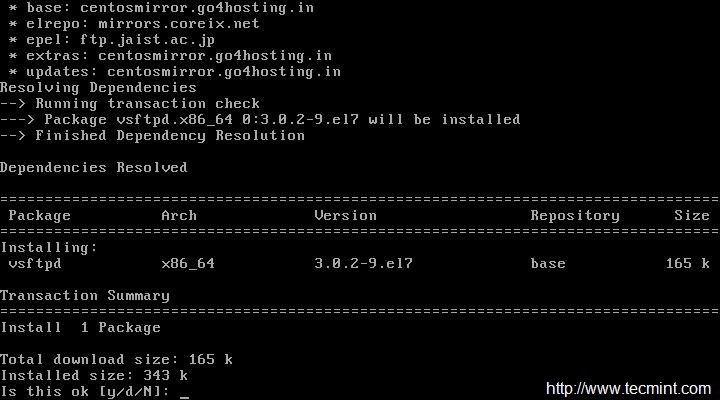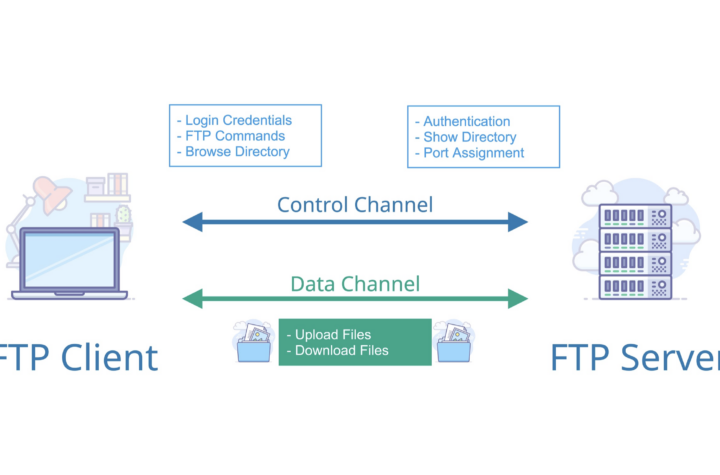

In order to apply the new configurations for your network interfaces you must restart network service. If you don’t use IPv6 just remove or comment all the lines containing IPV6.ĩ. Same as the configuration with Static IP Address, assure that BOOTPROTO is set to dhcp, DEFROUTE statement is commented or removed and the device is configured to automatically start on boot. If your infrastructure has an DHCP Server that automatically assigns IP Addresses, use the following excerpt for Network Interfaces Configuration. DEFROUTE – Statement commented with a # or completely removed – do not use default route (If you use it here you should add “DEFROUTE: no” to all network interfaces, not used as the default route).Ĩ.


# yum remove avahi-autoipd avahi-libs avahiħ. # systemctl disable avahi-daemon.socket rvice # systemctl stop avahi-daemon.socket rvice Caution: Do not attempt to remove Avahi daemon if you connected through SSH. Issue the following commands to remove Avahi mdns daemon. If you still want to completely remove this service then you must manually edit network configuration files located in /etc/sysconfig/network-scripts/ifcfg-interface_name, then start and enable networking service. Through nmtui network and interface utility, then you should only stop and disable Avahi daemon and perform no removal at all. If you really need automatic network configuration provided by Network Manager or you need to edit your interfaces Performing Avahi daemon removal can leave your system without any network connections. Looks like in RHEL/CentOS 7 Avahi daemon is strongly tight and depends on Network Manager service. Next remove Chronyd service, which will be replaced by NTP server, by issuing the following commands. Proceed with Postfix MTA service removal by issuing the following commands. As you can see Postfix is started and listens on localhost on port 25, Avahi daemon binds on all network Interfaces and Chronyd service binds on localhost and all network interfaces on different ports. # netstat -tulp # To output literal service socketsĤ. # netstat -tulpn # To output numerical service sockets First of all get a list of all your enabled and running services by running netstat command against TCP, UDP and Listen state network sockets. Now you can start disabling and remove pre-installed unwanted services.
#Rhel ftp install
# yum install nano bash-completion net-tools wget curl lsofģ. The next step would be to install some useful system utilities using YUM Package Manager, such as net-tools (this package provides the olderīut good ifconfig command), nano text editor, wget and curl for URL transfers, lsof (to list your open files) and bash-completion, which auto completes typed commands. After the installation finishes, login on your server with root account or a user with root privileges and perform a system update, to make sure that your system is up-to-date with all packages and security patches. Disable/Remove Postfix MTA, Avahi and Chrony Servicesġ. The main external services that your server truly requires to run after you perform a minimal installation would be just a SSH daemon, in order to allow remote logins on system, and, in some cases, NTP service, to accurately synchronize your server internal clock with external NTP servers. If you are planning to use your newly installed RHEL/CentOS 7 to host, let’s say, a small website which runs on Apache or Nginx, or to provide network services like DNS, DHCP, PXE boot, FTP server, etc or other services that don’t require to run Postifx MTA daemon, Chrony or Avahi daemon, then why we should keep all these unnecessary daemons installed or even running on your server. if they are pre-installed? One of the main reason would be to increase system security level degree, the second reason is system final destination and the third is system resources. Why wed need to disable all these services. RHEL/ CentOS 7 minimal installation for servers comes with some default pre-installed services, such as Postfix Mail Transfer Agent daemon, Avahi mdns daemon (multicast Domain Name System) and Chrony service, which is responsible to maintain system clock.


 0 kommentar(er)
0 kommentar(er)
